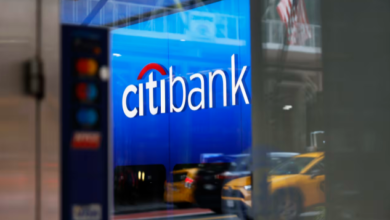Using Public Wi-Fi Is Safer Than You Think

Millions of people who use public Wi-Fi may worry about whether logging on puts their identity at risk. But a report in the Washington Post suggests they can breathe easy.
The newspaper recently asked security experts at cybersecurity firm Avast to compromise reporter Tatum Hunter’s home network to see what type of damage could be done. By having Hunter and cybersecurity experts log onto the same network at the same time, it replicated the conditions of using public Wi-Fi.
The results should “be a relief for the coffee shop crowd,” according to the Post.
When the Avast team poked around the network — looking at finance, work, streaming and social media accounts — they were able to detect some information, such as:
- The sites Hunter visited
- The time of day Hunter visited the sites
- The device she used to visit the sites
However, that was about the best they could do. They could not even figure out what Hunter had done at the websites she visited.
Hunter notes that the information the Avast team gleaned “wouldn’t do hackers much good if they were looking to rip me off.”
How did using public Wi-Fi become so much safer? The Post notes that in the early days of the internet, web traffic typically was unencrypted, opening sensitive information to possible exposure as crooks could monitor everything a user typed.
That has changed. According to the Post:
“Today, few legitimate sites remain unencrypted, with more than 90 percent of webpages loaded in the United States obscured from prying eyes, according to the Firefox data.”
The best way to make sure you are surfing an encrypted site is to look for “HTTPS” at the beginning of the site’s URL. If you do not see the “S,” you should be suspicious, as the site likely is not secure.
So if you keep your computer up to date and stick to surfing encrypted websites, you should be safe.
For more on keeping your finances safe, check out “Beware These 8 Signs of Identity Theft.”
Source link





